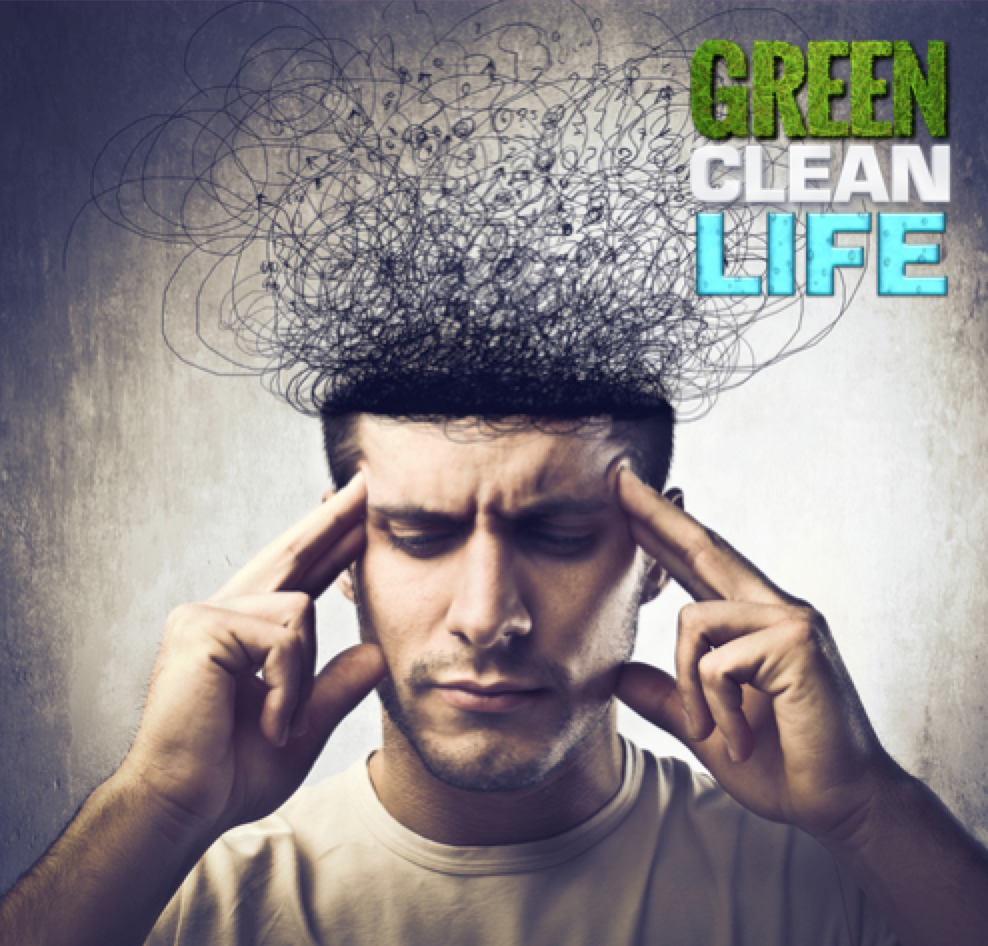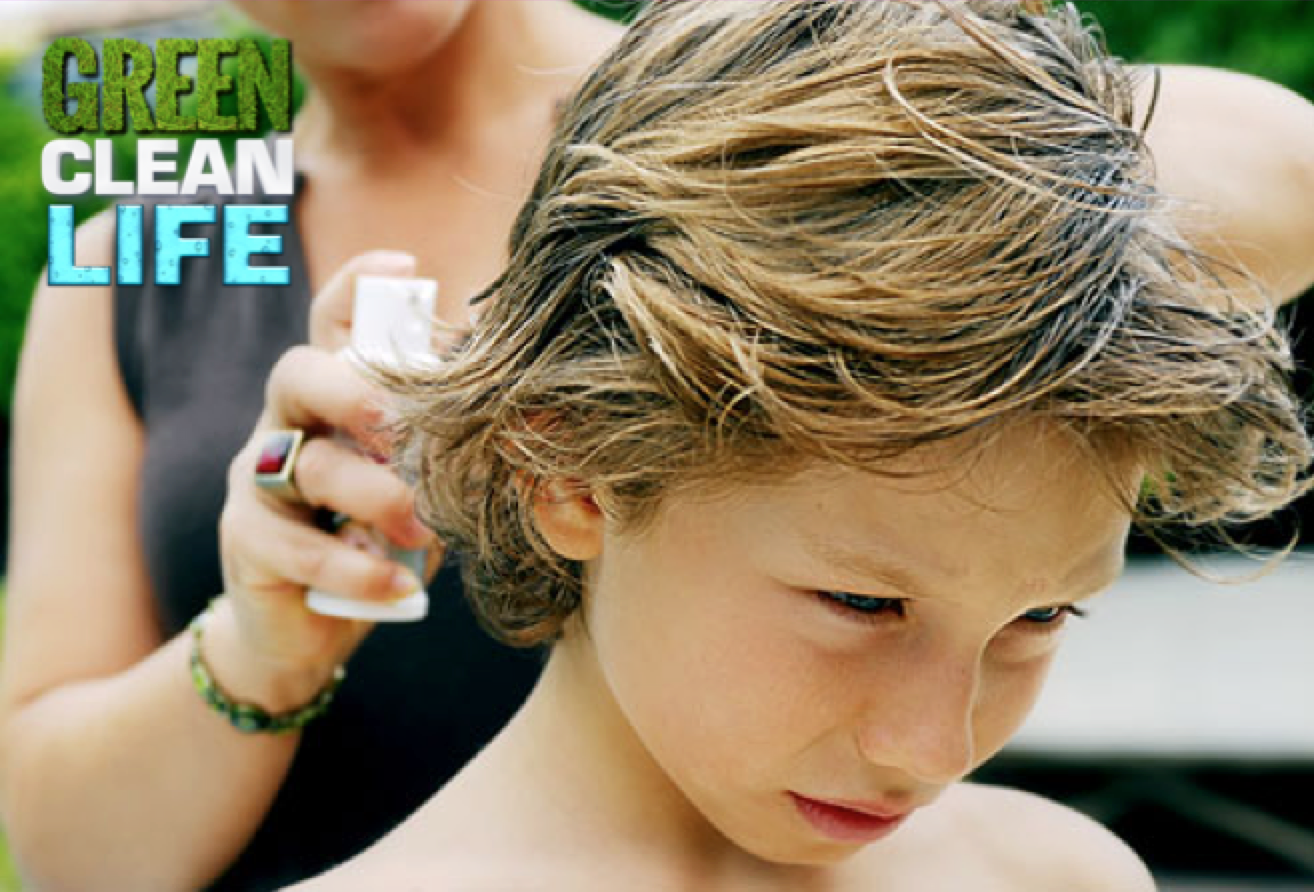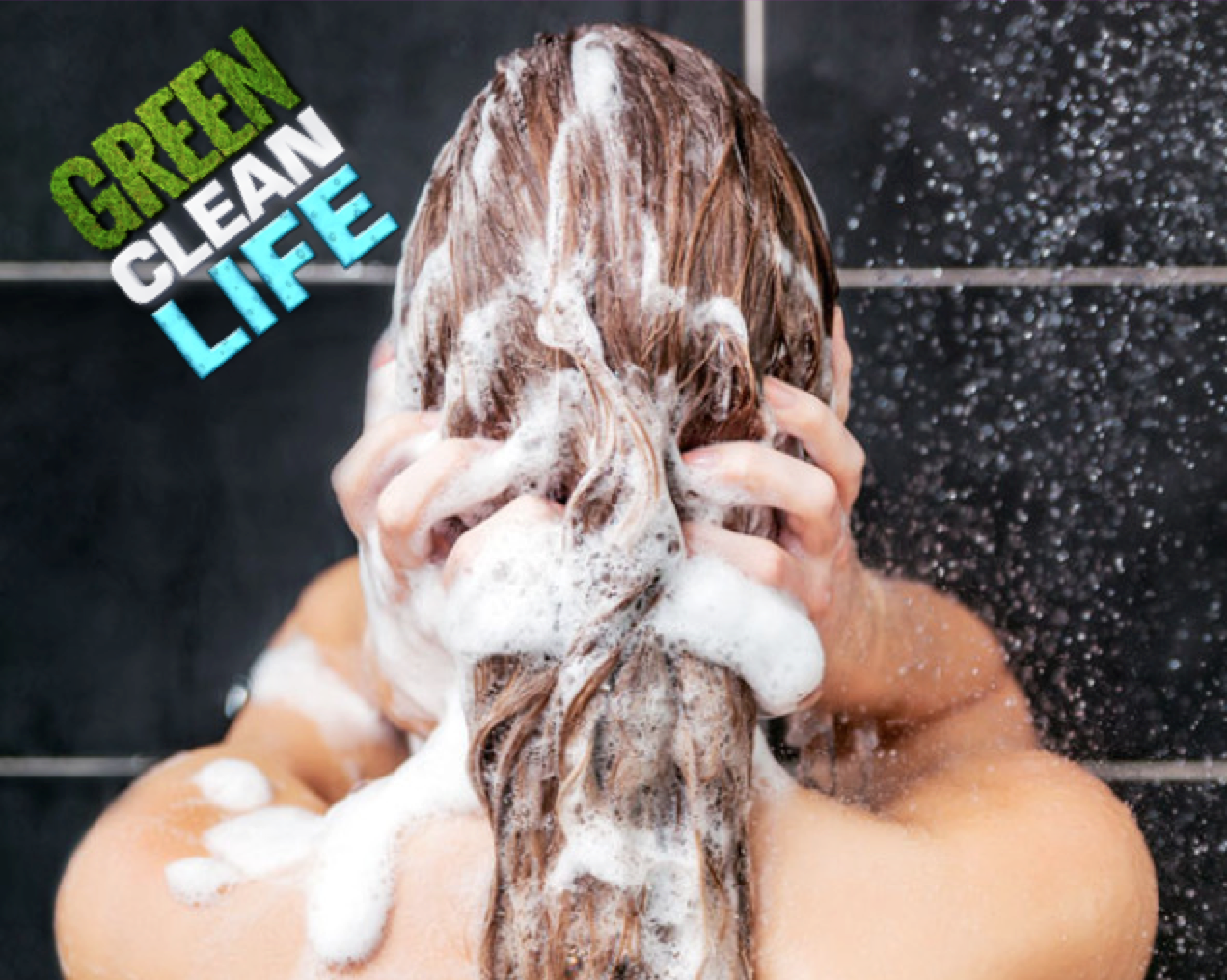Determining how to remove migraine triggers can be a painful subject.
We wouldn’t wish them upon our worst enemy.
They’re that bad.
There’s different levels of migraines, some more severe than others. All of them, however, are just different levels of miserable. The pain associated with migraines is, in part, what keeps us from talking about them. The fear that merely mentioning migraines could trigger the onset of one has kept communication constrained. That’s a myth, but there are real migraine triggers.
What Can I Do About Migraine Triggers
Some common triggers include:
• alcohol
• caffeine
• smoking
• cleaning chemicals
• food allergies
• stress
Removing these real migraine triggers can be life-changing–in a good way. Only one of these triggers can be identified quickly, however, and it doesn’t require a lifestyle change to eliminate it. It’s time to shed some light on that subject. Not to mention that we’re in an era that’s learning how to responsibly communicate the increasing waves of information available. So which of the migraine triggers out there are actually quite simple to remove?
The Bad News & Good News About These Migraine Triggers
The bad news is that you may have been triggering migraines in yourself or a loved one without even knowing it. The good news is that there’s something you can do about it–today.
There’s a lot of people online that are reporting that certain household cleaners were found to be the culprits. The guilty products range from Windex, to 409 Cleaner, to CLR, and so on. The common thread among them is that they’re all chemical-based, synthetic household cleaners. Most of these big-business companies could care less about the potential side-effects of their products. That being said, why should we show them any loyalty by buying their products?
Remove & Replace Action Plan
You can remove every single chemical cleaner from your home, if you want. In fact, many people suggest that you do just that.
However, you’re still going to need to clean your home, right? You’ll want to come up with a “remove and replace” plan of action.
Just make sure that the new items you choose to replace the old migraine-triggering common household cleaners are healthy, safe, and chemical-free.
Moving Forward Against Migraine Triggers
If you or anyone in your home suffers from migraines, there’s a strong chance that they could be triggered by these common household cleaners. Now that you know that migraine headaches can be triggered by the chemicals floating in the air, as well as on the surfaces of your home, it’s up to you to decide what you want to do about it.
If you’re like many people that have already found this quick, and unexpected, relief–you’ll want to develop your own “remove and replace” action plan as soon as possible.



